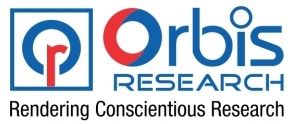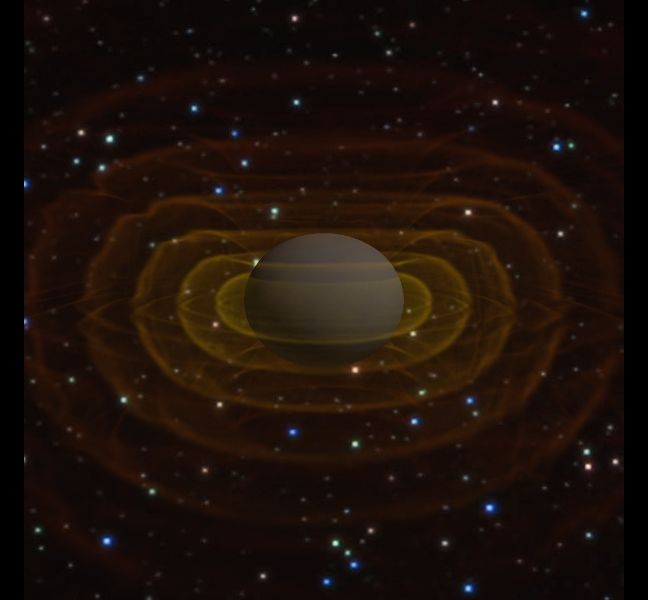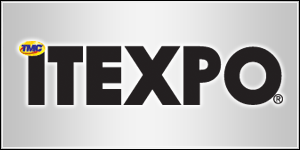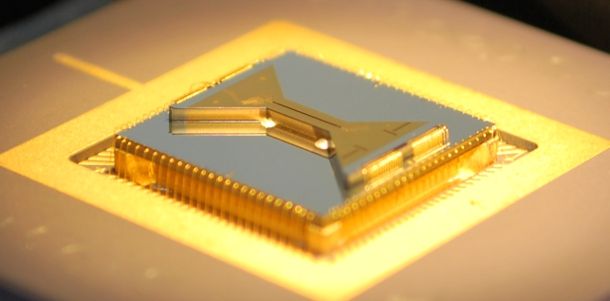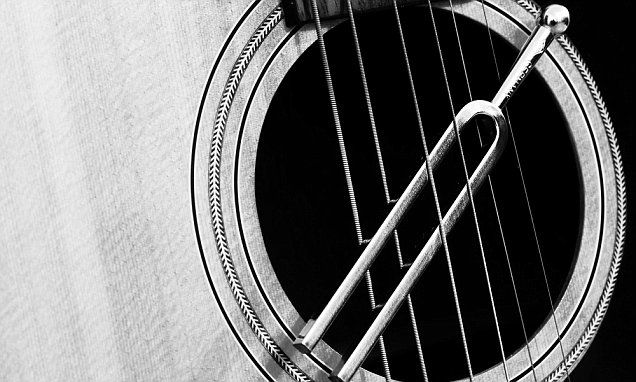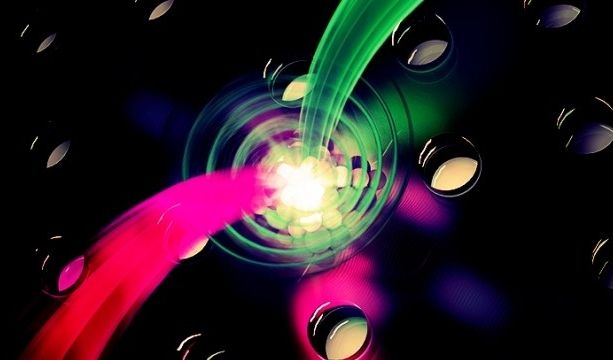Qubits in solid state devices for transmission across an Quantum Internet is a given in order to have great performance on a Quantum Network as well as help ensuring secured transmission of information across the net — this is a given and why Quantum is a must for supporting and securing things like AI, IoT, and other emerging technologies such as Brain Interface devices.
Without this technology; it will be very hard for industries, governments, and especially consumers to embrace and adopt full automated AI, brain interface devices, etc.
A research team from the Joint Quantum Institute have developed a way for qubits to interact with photons, which could ultimately lead to futuristic quantum networks. Theorists explained that such a solid state device could give birth to compact chip-integrated quantum circuits enabling gigahertz range bandwidths.
Qubits or quantum bits which are the quantum analogue of the classical bit allows superposition of states in between horizontally polarized and vertically polarized states. Contemporary optical networks use electronic circuits to store information and an optical fibre to carry it. However, scientists sketched a quantum network system in which highly secured qubits will be transmitted using an optical fibre. However, in order to realise this in practice will require a feasible interaction between an electron and a photon.
Read more
